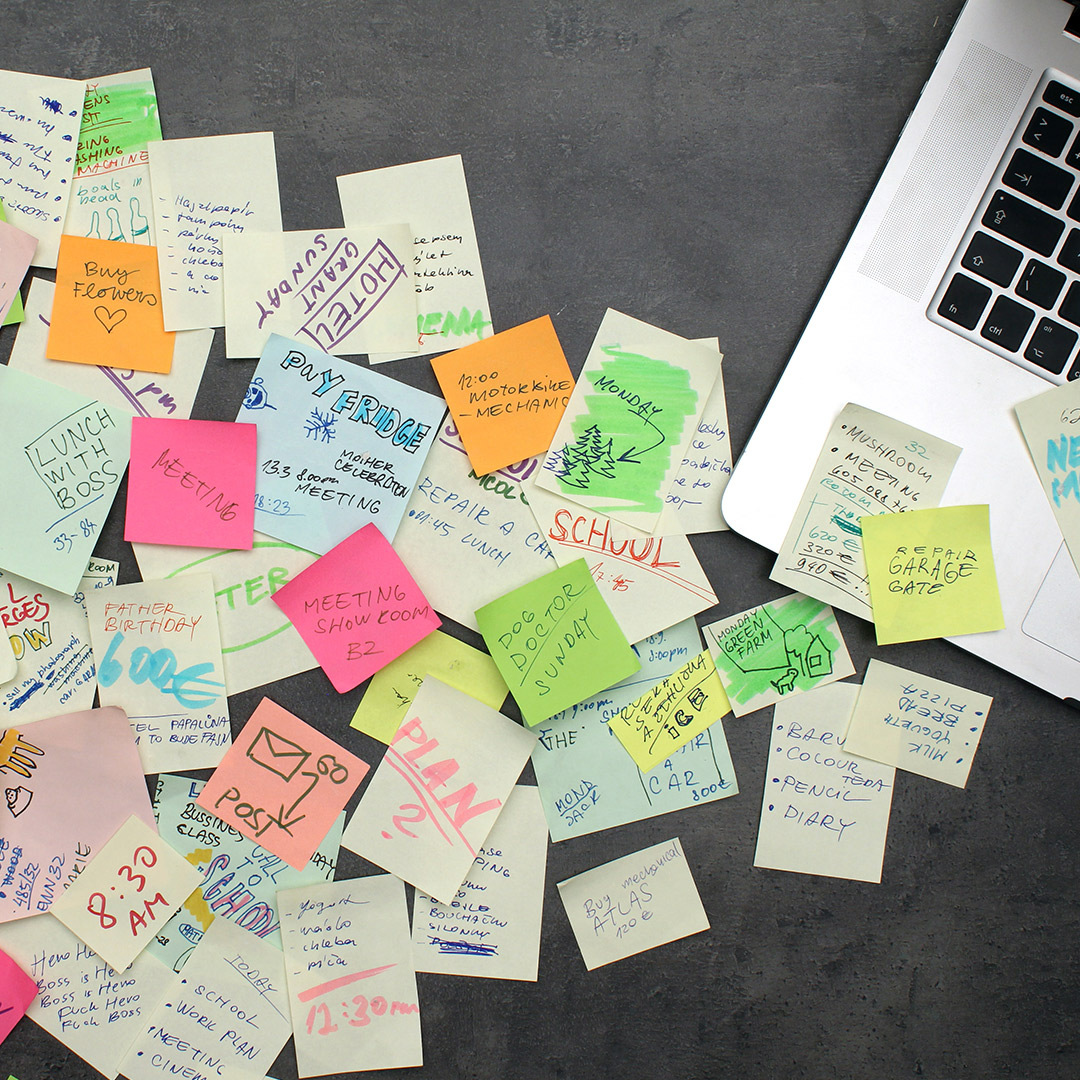The point is
Prioritization works.
We often start our working day and check off many little things on our to-do list. The precise overview of the various priorities is often not available. You only have so much time, and you can only get a finite number of things done in a day.
The 1-3-5 rule bring a small but well-structured framework into your daily routine and you’ll get the most important tasks accomplished.
1-3-5 rule
The principle of the 1-3-5 method is to start with the essentials in the daily planning and to plan this in first. This ensures that you spend enough time working through your top 1 priority. Only then are the other tasks scheduled.
Only one of these essential tasks is scheduled per day. This ensures that this important task is no longer passed on from day to day. After this has an important task in your daily schedule a fixed date, 3 important tasks and 5 smaller tasks are scheduled for the day. That’s it.
For each day, the following tasks are anchored directly in your daily schedule with the time required for processing:
1 essential task
3 important tasks
5 smaller tasks
The 1 essential task
The one essential task should be one that has the greatest impact on your current goals. It must always be included in your daily schedule first. Schedule only one of these “super-important” tasks per day. This prevents you from getting stuck with too many larger tasks and ensures that you tackle this “most important task of your day”.
The 3 important tasks
After you have scheduled the most important task in your daily schedule, you next plan the 3 “important tasks” in your daily schedule. These 3 tasks are also tasks that bring you towards your goals, but do not mean as much effort as the 1 top task of the day.
The 5 smaller tasks
Then you plan 5 tasks that can be done “on the side” or with little effort.
A task memory supports the 1-3-5 method
Since more than these new tasks of the day usually have to be kept in mind and all your open tasks have to be recorded somewhere, it is advisable to collect them in a task memory. The simplest task memory can be a simple list or a notebook, where you write down all open tasks. With our popular Bullet Journal Notebook or our Memos Organization Notebook you get the best support.







